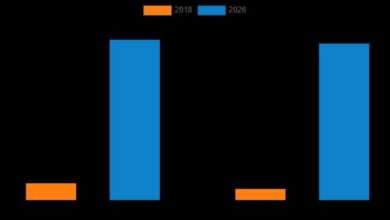Which Workers Will Benefit from AI?

Economies are always adjusting to transformative technologies—from windmills, steam engines, and electricity to computers, the internet, and now artificial intelligence. Can lessons from those earlier technological revolutions help us anticipate how AI will affect inequality and the labor market?
Chicago Booth’s Rodrigo Adão, MIT’s Martin Beraja, and University of Texas’s Nitya Pandalai-Nayar examined two specific periods of major technological change, the manufacturing revolution of the early 20th century and the transition to computers and the internet in the late 20th century, and find a stark difference in how they played out in the workforce. Their findings may tell us just how pronounced the changes from AI will be.
The researchers used US census data from the late 19th century to 2019, focusing on male workers aged 16–64, to measure the employment and wage response in occupations most exposed to the new technologies, labor-supply adjustments across worker generations, and the ability of current workers to apply the new technologies. They then constructed a model to analyze how the transferability of worker skills affects the economy’s adjustment to new technologies.
They find that the manufacturing revolution tapped into existing skills—from agriculture and manual labor—that were easily transferable to factories, making for a rapid transition without widening inequality. Older and younger workers both contributed similarly to the new manufacturing economy; the relative wage in the new manufacturing jobs rose less, meaning less financial inequality on the basis of specific skill sets; and the broad economic benefits appeared relatively quickly.
“If a technology comes in, and it can be used by anyone, it’ll be quickly adopted, will have big aggregate effects quickly, positive effects in general, and very little inequality or displacement effects, simply because we all have the skills to use it,” Adão says. Slow-adopting technologies may also have big aggregate effects, but they are delayed.
“You could, for example, come from a farm and be doing labor work on the farm, come to a factory and spend a few weeks or months learning how to do the labor work in the factory,” he says. “But fundamentally it was using similar skills that people already had that could complement those technologies.”



